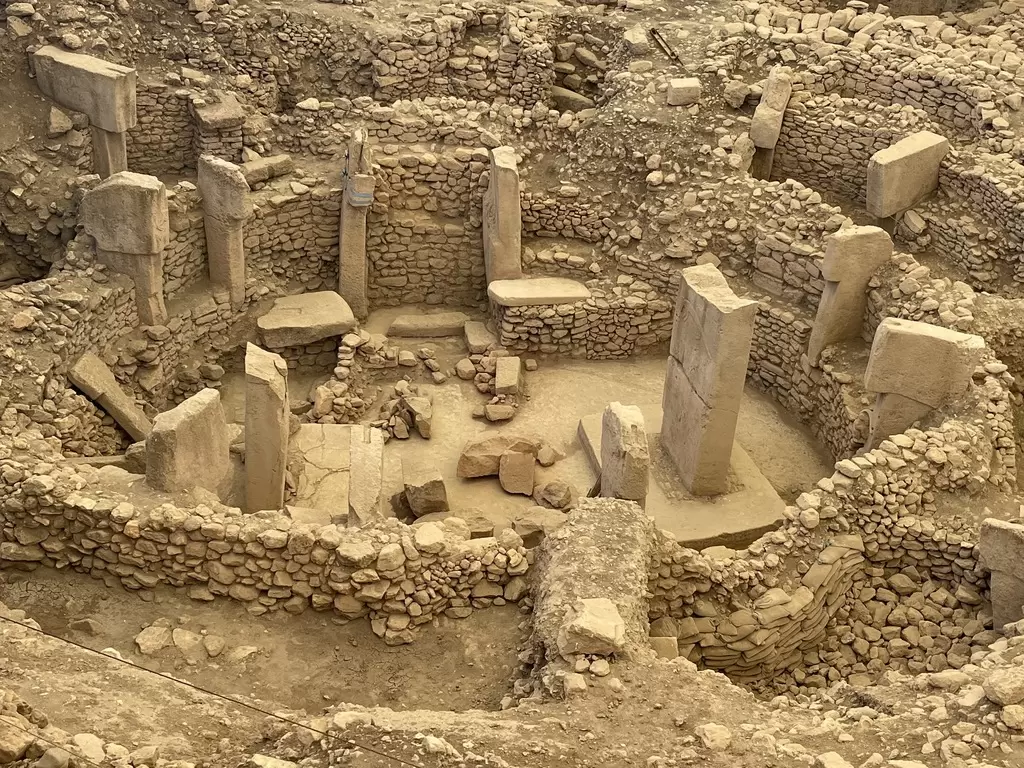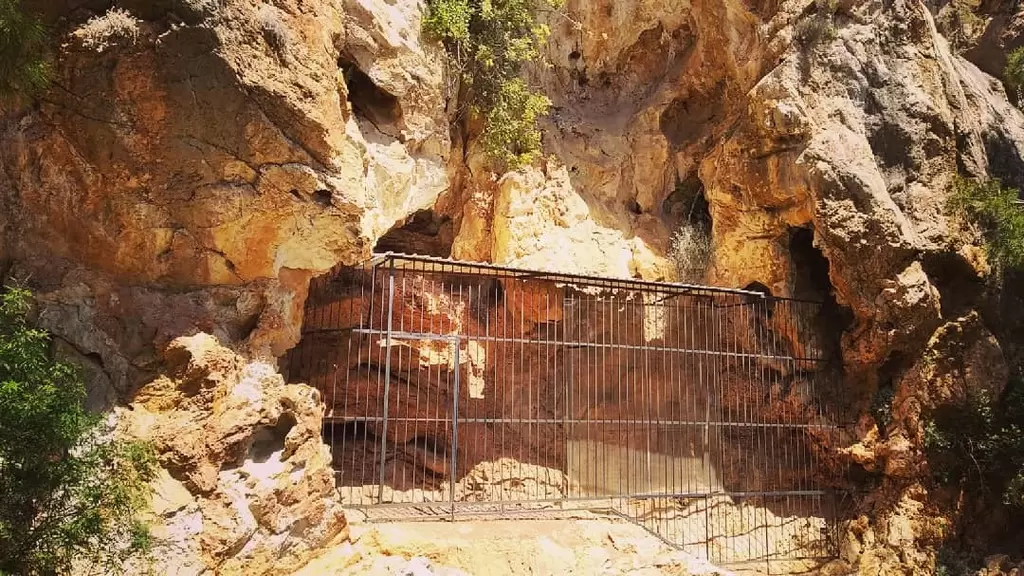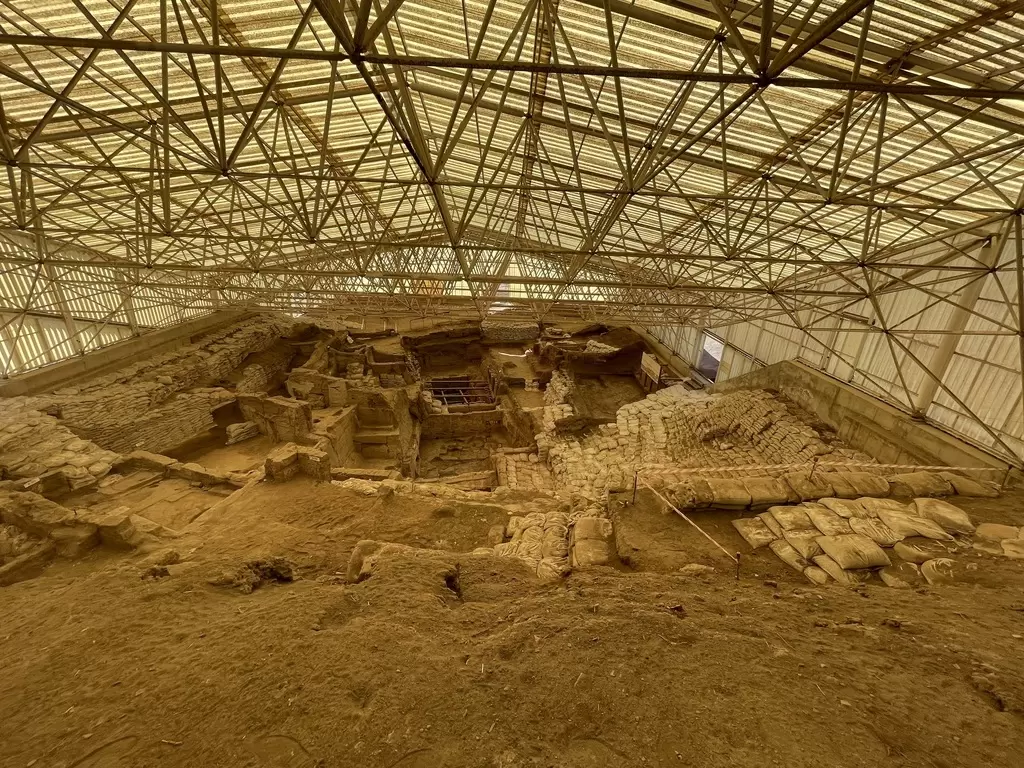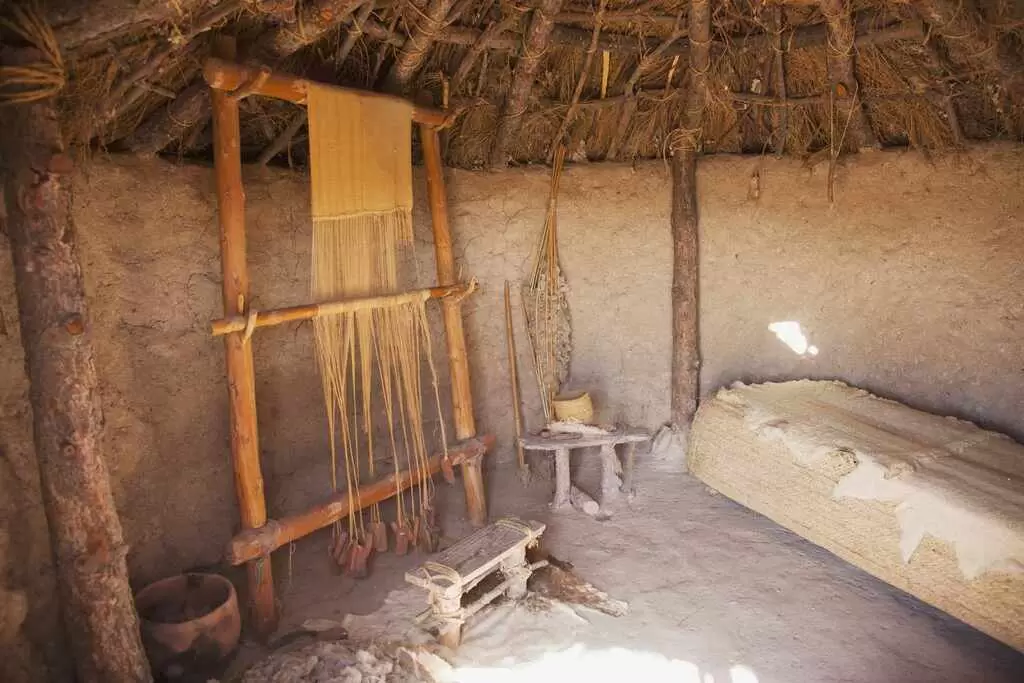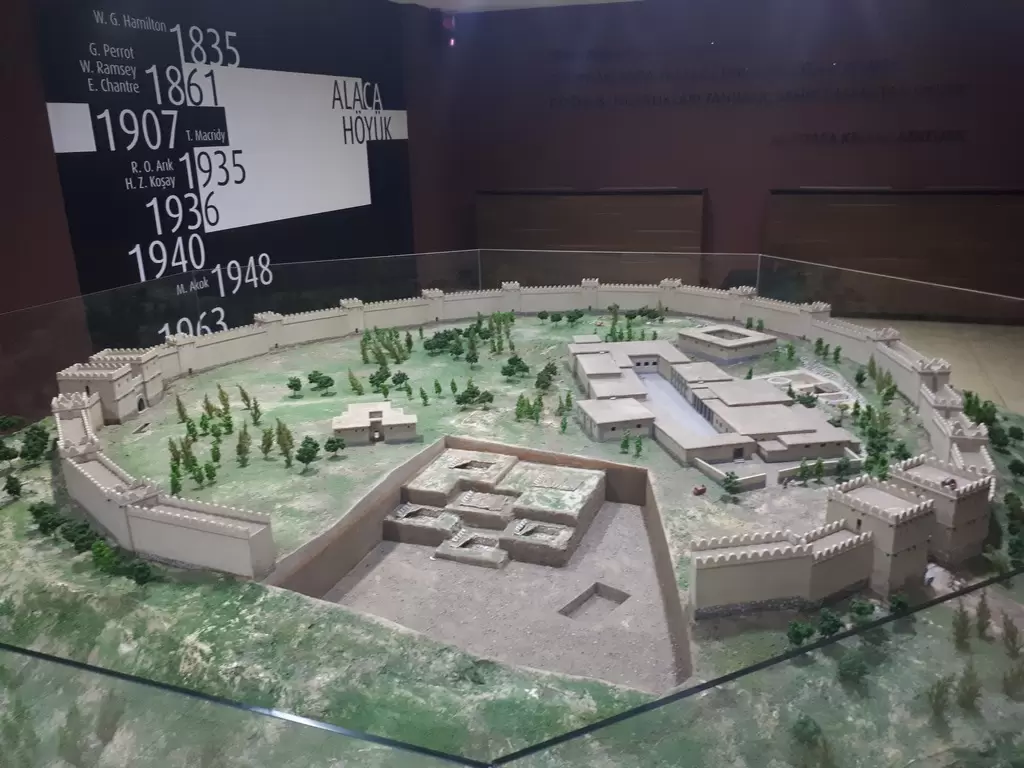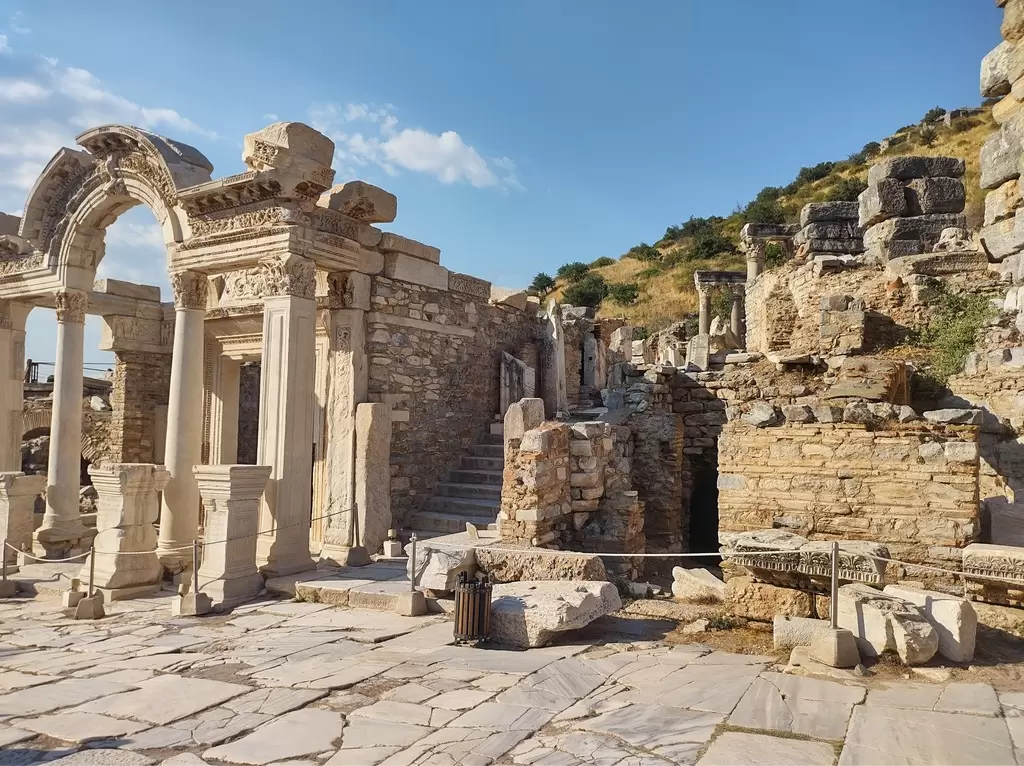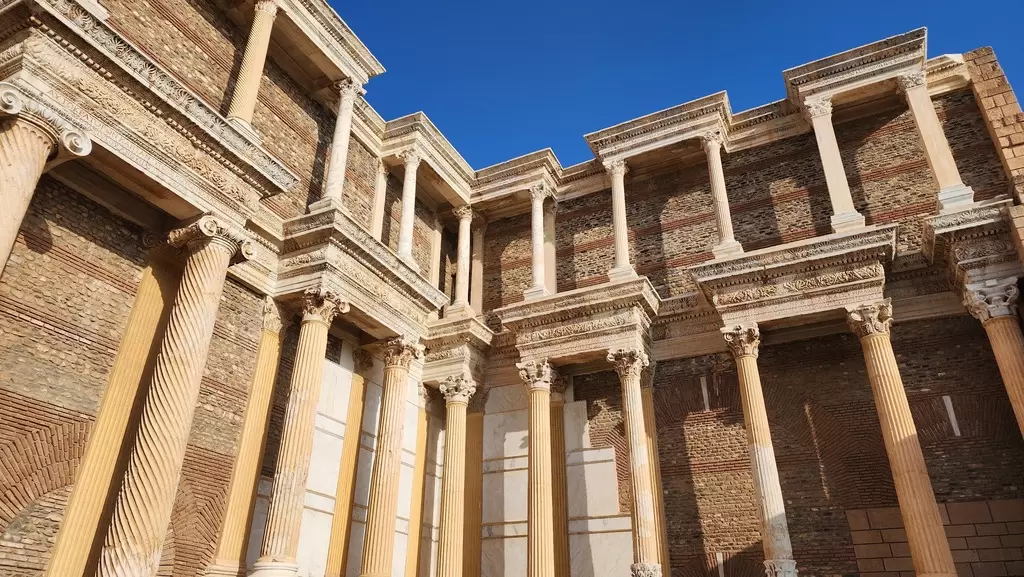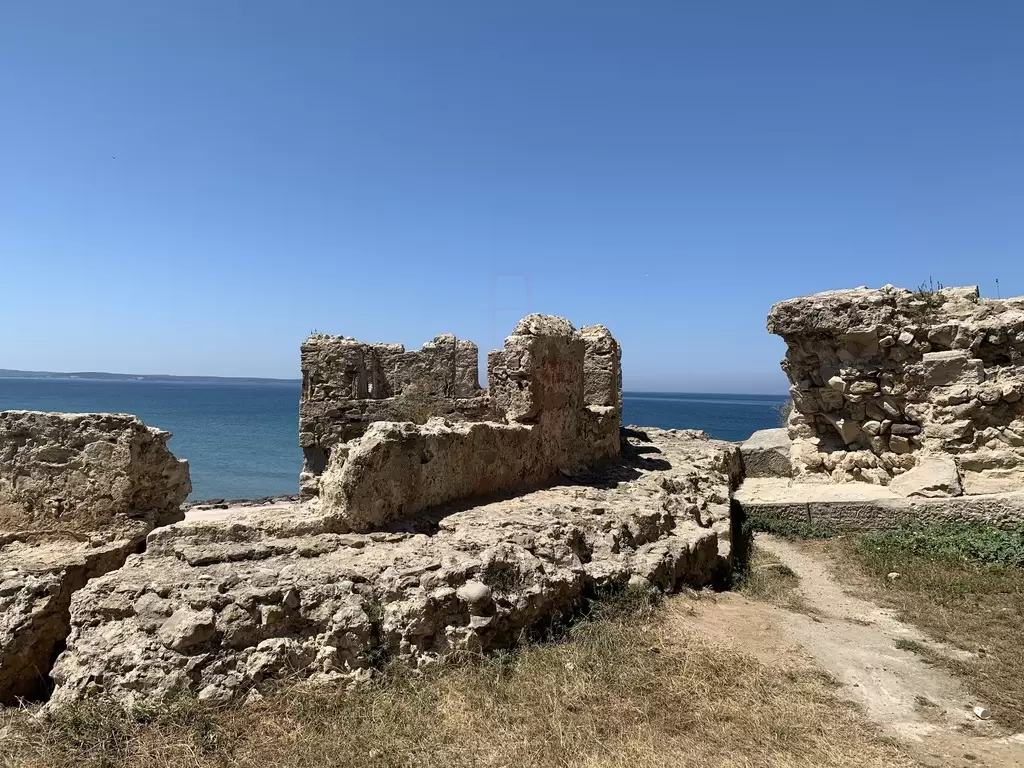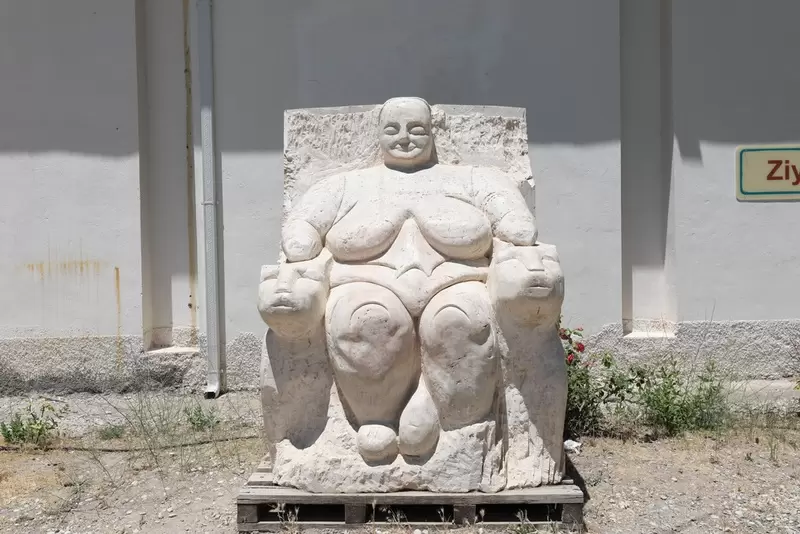
The Neolithic period in Anatolia, spanning approximately 7000 to 5000 BCE, represents a pivotal transition in human history, marking the shift from nomadic hunter-gatherer societies to settled agricultural communities. This transformation was driven by significant environmental changes following the last Ice Age, which created a more stable climate conducive to farming.
Key archaeological sites such as Çatalhöyük, Göbekli Tepe, and Hoca Çeşme provide vital insights into Neolithic life in Anatolia. Çatalhöyük, one of the largest and best-preserved Neolithic settlements, showcases a densely populated area with interconnected houses, indicating a complex social structure. The site is notable for its elaborate wall paintings and figurines, reflecting the community's artistic expression and possible spiritual beliefs.
Göbekli Tepe, often referred to as the world's first temple, predates many known Neolithic sites and suggests that religious practices may have played a significant role in the development of complex societies. The monumental stone pillars, intricately carved with animal motifs, indicate a high level of craftsmanship and social organization.
During the Neolithic period, people in Anatolia began to cultivate crops such as wheat, barley, and legumes, alongside the domestication of animals like sheep, goats, and cattle. This agricultural revolution not only provided a more stable food supply but also allowed for population growth and the establishment of permanent settlements. The ability to store surplus food led to the development of trade networks, connecting various communities and facilitating cultural exchange.
Technological advancements during this time included the development of pottery, which allowed for better food storage and preparation. The invention of weaving and textile production also marked a significant leap in daily life. These innovations reflected an increasingly complex society with specialized roles, where individuals could focus on crafts and trade rather than solely on subsistence.
Social structures became more hierarchical, with evidence of leadership roles and organized labor. The emergence of communal spaces and shared rituals indicated a growing sense of community and identity among the people. Burial practices from this period also highlight the importance of ritual and belief systems, with grave goods suggesting a belief in an afterlife.
The Neolithic period in Anatolia laid the groundwork for the rise of advanced civilizations. It marked the beginning of urbanization and the eventual development of city-states. The agricultural practices and social structures established during this time would influence the course of human history, shaping the cultural and technological advancements that followed.
Today, visitors to Anatolia can explore these ancient sites, where the remnants of Neolithic life provide a fascinating glimpse into the origins of agriculture, settlement, and societal organization. Museums and archaeological parks showcase artifacts, reconstructions, and educational programs that illuminate this transformative era in human history.








